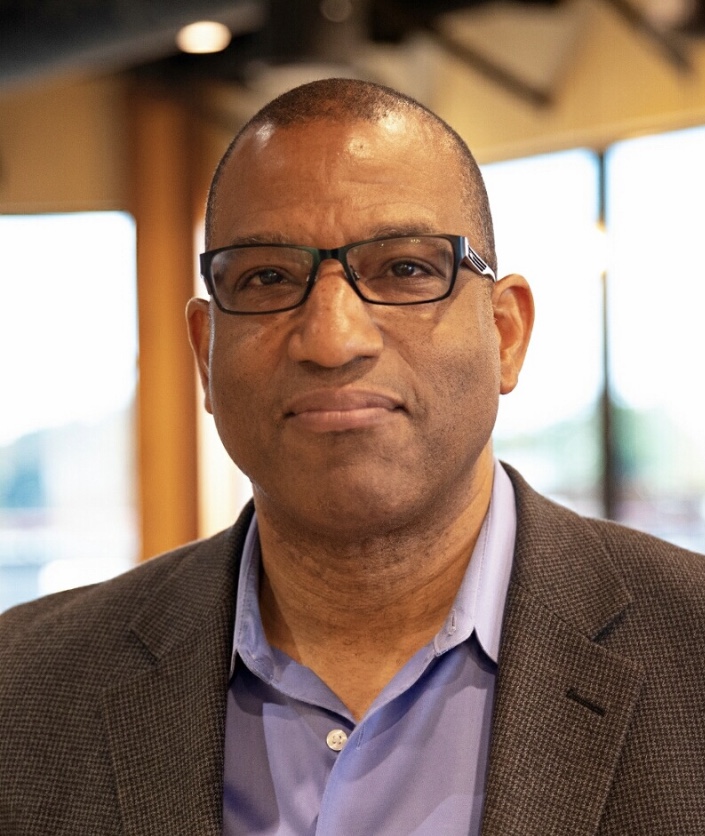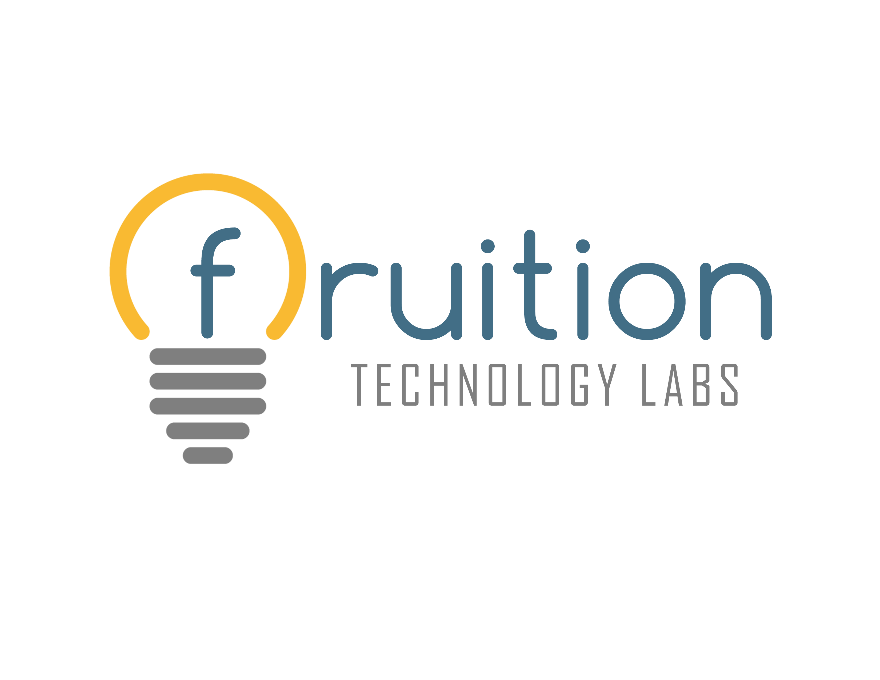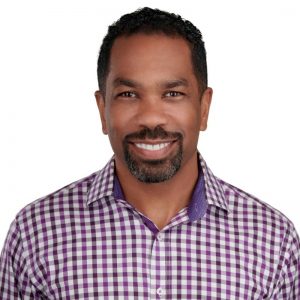We’d all like to think the market for our product/service is huge. But the only way to know the true size of the potential pie is to do a mindful quantitative and qualitative analysis to see whether the potential size of your market – customers willing to pay for your solution – makes an opportunity attractive and worth pursuing at all.
In other words, the success of your business plan depends on it. This point is particularly important in the eyes of possible investors and partners who want to see that, first and foremost, you know your market and that your business is sustainable.
 First, let’s address what exactly we’re talking about when we say “market size.” My good friend Wes Okeke, CEO of Fruition Technology Labs and CUBIO (a tech advisory firm and international accelerator, respectively), reminds us that market size refers to the population size of your perfect profile customer, i.e., how many people exist that would potentially use your product or service?
First, let’s address what exactly we’re talking about when we say “market size.” My good friend Wes Okeke, CEO of Fruition Technology Labs and CUBIO (a tech advisory firm and international accelerator, respectively), reminds us that market size refers to the population size of your perfect profile customer, i.e., how many people exist that would potentially use your product or service?
Okeke goes on to say that when sizing up your potential market, you must also consider who is your “perfect customer,” how much revenue would they represent if they bought from you, and what does their profile say about them, including their demographics, age, gender, race, socio-economic status, etc?
Understand Your Target Market
“Simply put, when it comes to your market, always think people first, sales second,” says Okeke. “It’s not only who will buy but, more importantly, who has the greatest need?”
In a recent interview I conducted with Wes, he described how his engineering background and experience with Fruition made him more aware of why analyzing customer and market needs before developing your product.
“Being in the business development cycle, I was the one that got all the products after they had been developed and were ready to launch. I was always asking the product and marketing team, ‘Who is this product for? Who is the target?’” Wes said. “Most of the answers I got were answers such as, ‘It’s faster, it’s less expensive, it’s smaller, it has all these great features…’ And I always would come back to, ‘Who was this designed for?’
I realized that for the sake of technology, sometimes people designing products could lose sight of the person who was going to interact with or be affected by the technologies, which is why I originally started out Fruition as a social impact incubator.”
Building on this idea of placing customer needs ahead of product development, in an earlier edition of StartupHeat while discussing STAGE 3 – Revenue to Sustainability, we discussed walking the customer journey. In that post, we mentioned how walking that journey has an important effect on your Total Addressable Market (TAM), or the maximum size of an opportunity for a solution if every person who might find value in it actually bought it.

“Probably 90 percent of the time, product designers’ intentions, initially, are really noble. They see a problem but then they start building their technology,” Wes said. “And because we have a five-step process at Fruition, we deliberately take our eyes off the solution and spend the first two to three steps focusing on the people, the problem, the market, the industry, before we even decide what the solution should actually look like. If I can understand the heart behind the problem, then we go through our process so this product is designed from the exploration of many different components.”
Calculate Your Market
Once you know what kinds of customers will find value in your product, you can better calculate your TAM. To that end, while there are a lot of ways to calculate TAM, product management platform provider ProductPlan offers the following basic formula:
TAM = [Avg Revenue Per User (ARPU)] x [Total potential customers in market]
While the equation seems straightforward and ARPU easy to figure based on available data, there are a few ways to figure total potential customers. The first is by using available industry or government statistics. But in order to tailor this to your own potential target market, according to ProductPlan, you have three other options:
- Top-down approach – begin with entire world population of people, businesses, etc, and work your way towards focusing on the ideal target
- Bottom-up approach – start with the ideal target then blow out to a total market; or
- Value-theory approach – when your new product creates a completely new market and no data is yet available.
Here’s how ProductPlan defines the value-theory model:
“It begins by asking what a typical buyer would be willing to pay for a product or service based on the additional value it brings. This is then multiplied by the total number of people that would also perceive that value and adopt it in place of existing alternatives.”
One final thing to consider that will affect your target market size is that it will also refer to and encompass any future potential horizontal (attractive to a broad variety of customers, regardless of industry) and vertical (industry-specific) market opportunities. Both have advantages and disadvantages as targets.
Next time in StartupHeat, we’ll discuss why separating the signal from the noise is important when undertaking such critical tasks as analyzing your market. Until then, stay curious, focus on the signal, and make mindful decisions on your journey to success!



